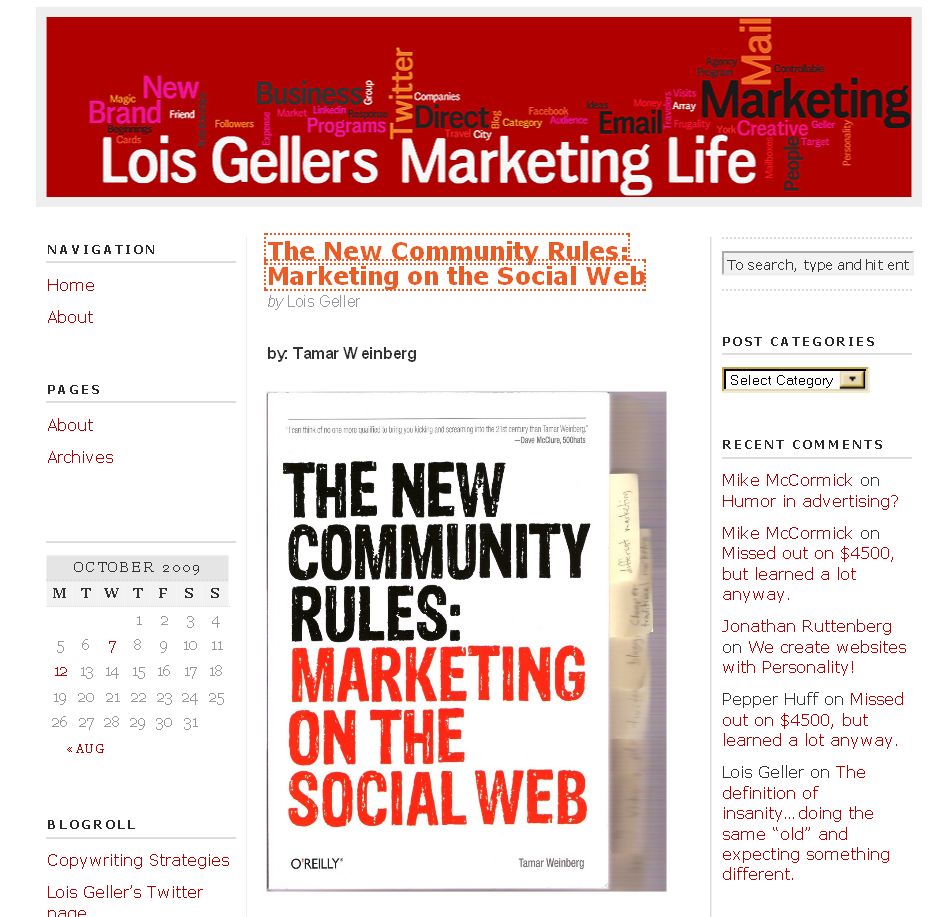Did you see the movie, Ratatouille?
I am a firm believer that the premise — anyone can cook — is true… Although I must say, three of my closest friends constantly try to prove me wrong.
Cait’s idea of “cooking” is putting Cheez-Wiz on a Ritz cracker with some salami or “whipping up” Suddenly Salad or whatever that godforsaken pasta-in-a-box-WITHOUT-vegetables concoction is called.
Lynn can cook a little but she is also THE reason why frozen meals have VERY detailed, step-by-step instructions — in other words, to prevent her untimely death, she is the kind of person who reads and closely follows “first, take your nasty, little, shrink-wrapped, chemical dinner out of the box.”
Barbara, er, Cristina, is one of those people who puts a full pot of water on the stove, sets the heat on low (if she remembers to turn it on at all) and then wonders why it has not boiled an hour later. Needless to say, when someone says “she can hardly boil water” it’s not true. “She can’t boil water. Period.”
Could they all be trained to cook? Yes. Most definitely. Everyone can cook.
Can everyone be a chef? Not. So. Much.
The thing about being a chef versus being a cook is that you’ve got to have passion — and you need to put muscle behind it. Not your biceps but that muscle the size of your fist — called the heart.
Everyone is a chef somewhere in their life. (if you’re like most, it will have nothing to do with cooking but something else that you’re ON FIRE about!) You have something. The company you own or work for has something. We all have that greatness inside of us. (Don’t cue the Kumbaya music quite yet, I haven’t finished.)
Take my dear friend, Lois Geller for instance. She’s unbelievably passionate about marketing — she doesn’t really seem to care what kind of marketing it is — catalogs, solo packages, websites, email, blogs, telemarketing, Facebook — Lois loves it all, just as long as it’s GOOD marketing.
Lois is a Twitter Addict (as in she REALLY needs a support group), corrects every Yiddish word I mispronounce (who can say kvetch as one syllable? I mean really.) and overall, drives me batty (in the best of ways.) She also had a tremendous impact on my career. Not because she owned a chi-chi-la-la agency on Madison Avenue or she wrote a lot of influential books on direct marketing but because she is one of the most creative people to walk the planet. Literally. She and her crackerjack team should be tasked with establishing world peace. They’d probably have it done by Christmas. That’s how good they are.
Lois is one of those people who has been there and done that. I swear, she’s worked at every agency, with every client in every area of the world. She has THE best stories of things she’s done for Weight Watchers, Fairmont, American Express, Apthorp Cleaners, and a bunch of others. Some of the tales are inspirational (like why she moved to Florida) and others are just plain funny — like mistakenly sending a bunch of hard-core sex tips to a bunch of diet magazine subscribers. She has a unique ability to make you laugh — cry — or want to smack her (if you follow her on Twitter.)
Then, you look at her blog — joyofdirectmarketing.com. It’s not that it’s bad — it’s just that it’s not very Lois — and truly not at all joyful.
 It’s got a lot of white space and it’s quite vanilla — especially for a woman who gives out prizes (usually trolls) in her speeches. (Yes, I said trolls.)
It’s got a lot of white space and it’s quite vanilla — especially for a woman who gives out prizes (usually trolls) in her speeches. (Yes, I said trolls.)
The header looks like something that could be on any social media consultant’s site — which is not good as Lois Geller is way more than one channel. There is no picture of Lois. No red photo of her as seen on Twitter (over and over). Not a lot to see or do in the first view. A search function that doesn’t really work all that well. A calendar that does God only knows what. Limited navigation…
You get the idea. It’s the blog of a regular cook and NOT a chef, which is extremely unfortunate because Lois is indeed a MASTER chef. (And no, she can’t make anything but reservations when it comes to food either.)
It doesn’t really matter that Lynn, Cait or Barbara aren’t chefs in the traditional sense. Lynn eats things from a box, Cait eats things from a can and Barbara eats things that come in take-out containers from the latest in pretty-place-lousy-food restaurants. None of them are particularly passionate about food (although they all would sell their souls to the devil for a lifetime supply of chocolate) and the fact that they’re not up to date on the latest in molecular gastronomy is what it is… completely ok.
What does matter is that they are all passionate about other things in their lives — just like Lois is passionate about marketing and when they’re talking about those things — the things that are most important to them — they speak like chefs. (Chefs that can’t cook but chefs nonetheless.)
The case of Ms. Geller is a little different however. She’s constantly yapping on Twitter that she doesn’t like her blog and she wants ideas on how to fix it. My advice to her: embrace it like you do your speeches — pig hats and all.
A blog and a website (her website falls into a similar category) that is ALL-LOIS-ALL-DAY — complete with wackadoodle pictures, videos with her sing-song voice, successful case studies, favorite tweets, hopping trolls (ok, maybe not) and all the other things that showcase Lois Geller as the master marketer and creative genius she truly is would be so much better — and make her so much happier — than the frozen pizza site she’s got now.
In what areas of your business are you a chef and how are you portraying it to your users? It’s ok to be Lean Cuisine or Stove Top Stuffing about some things but not others — and definitely not on the important stuff.
Remember, your unique ability to highlight your inner chef is why people come to your site in the first place. You may have the biggest breadth of product line, free customization, incredibly unique merchandise or the best technical support. That’s what you need to promote. The chef in you. (Now you can cue the music — I recommend Carmina Burana as opposed to that religious campfire song however.)
P.S. If you have good examples of companies or people who show their inner chef really well, please add them to the comments, ok?
Tip: For those of you who skip to the bottom of my posts for the “meat”, here’s your tip: If you have an ecommerce site that sells promotional products, the promotional products are all about being a cook. Everyone and their brother has them. Everyone “can sell promotional products.” But if you can imprint them overnight like http://www.rushimprint.com/, that’s where you’re the chef. Your site needs to showcase your inner chef. Not your “anyone can cook” abilities.
 This is a guest post from my frenemy,
This is a guest post from my frenemy,  Have you been to time-out as an adult? (No, not Time-Out, the trendy restaurant in Dubai, the place in the corner of your house or on the stairs.)
Have you been to time-out as an adult? (No, not Time-Out, the trendy restaurant in Dubai, the place in the corner of your house or on the stairs.)


 I don’t need to have my vision checked but I want a PDF report from an eye doctor that I can e-mail to folks.
I don’t need to have my vision checked but I want a PDF report from an eye doctor that I can e-mail to folks. You always ask that question to other people so now I ask you, ARE YOU SMOKING CRACK? You told my boss that we shouldincrease the number of e-mails we send out? You were joking, right? You know our company. We can barely do one e-mail every other week and now you want us to dosix times that? SHOOT ME NOW.”
You always ask that question to other people so now I ask you, ARE YOU SMOKING CRACK? You told my boss that we shouldincrease the number of e-mails we send out? You were joking, right? You know our company. We can barely do one e-mail every other week and now you want us to dosix times that? SHOOT ME NOW.” 
